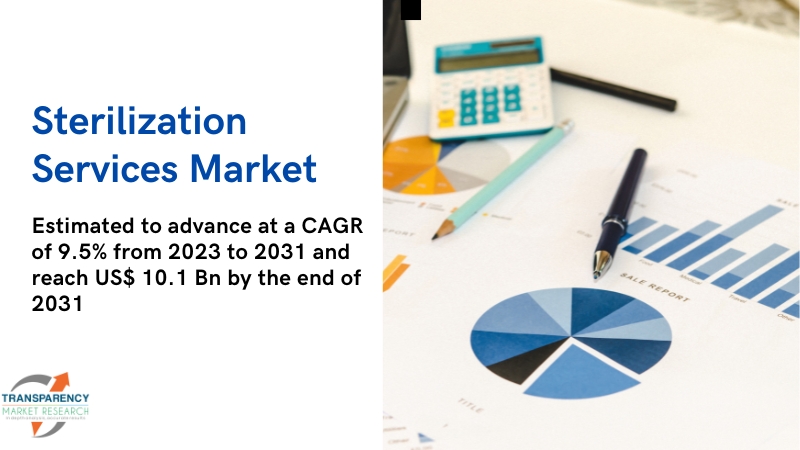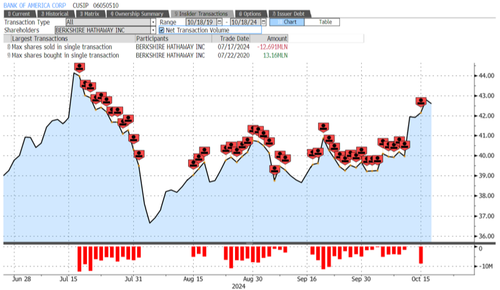
Bull and bear markets come and go, but great businesses can remain in your portfolio to grow your returns through the years. Although strategies like market timing can be tempting, the reality is these don't work and could actually result in you losing money rapidly. Instead, if you invest cash in all types of markets and only into companies that are quality investments which align with your portfolio objectives, you can ensure you benefit from the best as well as the worst market days.
If you have $1,000 to put into whole or fractional shares of stocks right now, here are two companies to consider. 1. UnitedHealth Group UnitedHealth Group ( UNH 1.
23% ) is one of the largest healthcare companies in the world by revenue and is also a faithful dividend payer. The company has increased its dividend every single year for 15 consecutive years and maintains a payout ratio of approximately 51% of earnings. At the time of this writing, its dividend is a generous $8.
40 per share on an annual basis, while its yield is approximately 1.5% based on current share prices. That yield is roughly in line with what the average dividend stock trading on the S&P 500 pays.
UnitedHealth's business spans a wide range of essential needs facing healthcare consumers today. It's UnitedHealthcare segment offers everything from individual insurance plans to employer group plans, as well as benefits for retired individuals and those on Medicare. Its Optum segment enables the full spectrum of care delivery for both healthcare consumers and healthcare providers, with solutions including software-enabled solutions and analytics as well as pharmacy services.
Over the trailing 12 month s, UnitedHealth Group has brought in profits of $14 billion on revenue of approximately $385 billion. It's also generated operating cash flow of approximately $10 billion in that time frame. The company ended the most recent quarter with over $31 billion in cash on its balance sheet, so it has plenty of liquidity to maintain its dividend commitment to shareholders.
That dividend has increased by close to 95% over the trailing-five-year period. Annual revenue has also grown by more than 50% looking back over the last five years, while profits have increased in the ballpark of 60%. UnitedHealth's steady-growth trajectory built around its essential healthcare products and services provides an overall level of resilience even in a volatile operating backdrop.
While rising medical costs, an increase in Medicare Advantage claims, and financial fallout from a data breach earlier this year have impacted the cost of doing business for the company, its financials are still in solid shape, and its industry leadership remains indomitable. Investors looking for steady dividend income and a business that tends to deliver gradual gains in a wide range of market environments may find that UnitedHealth Group looks like an attractive portfolio addition. 2.
Uber Technologies Uber Technologies ( UBER -1.23% ) has come a long way from its origins as a start-up less than two decades ago. Today, the company is one of the largest ridesharing and food-delivery providers in the world.
The company controls a roughly 25% slice of the global ride-hailing and taxi market, according to figures by Statista. Many growth and tech-oriented stocks struggled during the pandemic as well as in the time that followed as high inflation and a difficult economic backdrop have elevated the cost of doing business across a range of sectors. While Uber's ride-hailing segment experienced a massive downturn at the peak of the pandemic, its food-delivery segment helped keep the business afloat.
The company aggressively cut costs and worked to become more efficient in the recovery period that followed. Uber already benefits from a certain level of capital lightness in certain segments of its business by not directly employing drivers and delivery workers. Instead, the company takes commissions from each ride or delivery completed.
Uber also operates a freight and logistics service that connects shippers and carriers, and introduced its very own advertising services in October 2022 so brands could engage with consumers during rides. The company makes money from subscriptions from Uber One as well, which allows users access to savings on both Uber and Uber Eats. Monthly memberships start at just $9.
99. These diverse streams of revenue are driving steady growth on both the top and bottom lines. While growth in its freight segment has slowed, delivery and mobility are enabling significant momentum.
In the second quarter of 2024, overall gross bookings rose 19% from the year-ago period to $40 billion, with mobility-gross bookings increasing 23% and delivery-gross bookings increasing 16% year over year. Total revenue came to just shy of $11 billion, a 16% increase from the same quarter in 2023. Meanwhile, net income totaled just over $1 billion, an eye-popping 158% increase from one year ago.
Uber is also cash-flow-positive, with free cash flow coming in at $1.7 billion for the quarter, a 51% increase from the figure it reported one year ago. The company's ad division continues to go from strength to strength, with a revenue run rate of more than $1 billion in 2024's Q2 alone.
Uber is continuing its expansion into the world of autonomous vehicles. This includes a partnership with Alphabet 's Waymo that will bring autonomous ride-hailing to Austin and Atlanta in early 2025, as well as a partnership with WeRide to bring autonomous vehicles to users of the Uber platform in the United Arab Emirates. Shares of Uber have had a run-up of close to 30% since the start of 2024.
Investors who want to take a slice of the action may find that sooner than later is a good time to initiate or add to a position in this tech stock..














